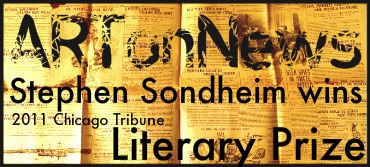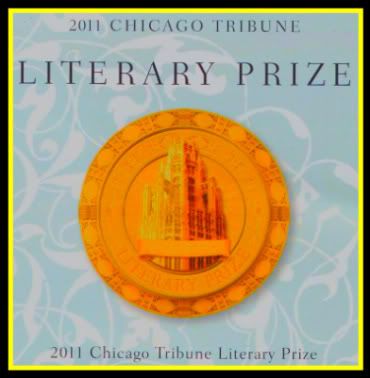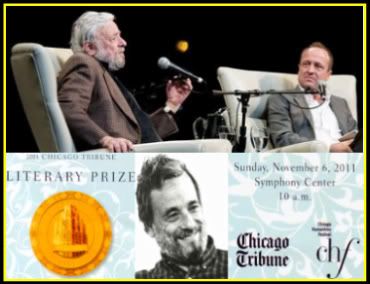His Partners: Prince V. Lapine
The dynamics of his relationships with his artistic partners was the first conversational point of note. He expressed an open detachment towards the musicals he worked on before collaborating with James Lapine on Sunday in the Park with George. Prior to working with Lapine, Sondheim collaborated with Hal Prince whose writing had a Brechtian influence-base & was less emotionally substantial than Sondheim required. He found a resonance with Lapine’s emotional openness. Sunday in the Park with George was his first musical to premiere at an Off-Broadway venue, which exhibited to Sondheim the difference in attentiveness & intention of the Broadway & Off-Broadway audiences. He discussed how the dissatisfied Broadway audience member will leave at intermission, whereas the Off-Broadway theatre-goer pursues productions with a more appreciative & open mentality (I couldn’t agree more).
Children Will Listen
Sondheim said this song from Into The Woods was originally a segment of an original, longer The Second Midnight & its’ purpose was to clearly state that this is a musical about parent/child relations. In cutting The Second Midnight down, Children Will Listen couldn’t be left on the cutting room floor & had to become its’ own number. Sondheim has consistently stated that children & art are the only legacies worth leaving on earth; in a parallel statement, Sondheim acknowledged the necessity of honoring one’s parent(s) in the face of their loss, both in their mistakes & the honorable legacies left behind. I was surprised at Chris Jones boldness in asking Sondheim outright about his notoriously dysfunctional relationship with his mother. That topic led to the natural inquiry as to Oscar Hammerstein’s influence as an adopted parental figure. Sondheim said that he absorbed liberal training through parentally through osmosis but that Oscar Hammerstein served much more as tutor than pseudo-father-figure.
His Most Difficult Lyrics
Maria from West Side Story, Tony’s soaring love ballad that he sings moments after meeting Maria. He discussed the difficulty in expressing simplicity without appearing dull and/or trite; the older writer has written more and trusts that simplicity is ok because it is a result of careful crafting & editing of the text. As with all writing, sweat is what makes it work. As with cooking, reduction takes time. The goal is for the text to contain nothing distracting or extraneous, which all adds up to the necessity of editing. In regard to the conversational tendency of his lyrics, Sondheim acknowledged how the natural rhythm of the dialogue influenced the melody.
The Promise of The First Line
One pressure he discussed (and directly credited as a Hammerstein influence) was the promise that a musical’s first line demands. He dissected the opening line of Sweeney Todd [“Attend the tale of Sweeney Todd”] as an example as a line over which he labored. His explanation for this specific phrasing communicated 3 imperative aspects of the impending musical:
- “Attend the tale…” immediately indicates an invitation to experience a period piece.
- The fact that it is referred to as A Tale indicates a sense of dissonance from reality. This is a story & the audience needs be prepared for a tall tale, not the expected serious plot-line a period piece infers.
- Alliteration of the T sound subconsciously prepares the audience for a bouncy rhythmic evening.
The Porgy & Bess NY Times Letter
Sondheim recently wrote a letter to the New York Times in response to an article revealing plans to revamp the classic 1935 opera into a Broadway hit called The Gershwins' Porgy & Bess. Plans for the contemporary production include manufacturing a backstory for Bess and an altered ending. Chris Jones asked Sondheim where the harm was in experimentation. His quick & impassioned response was that they changed the story; there is merit in re-examining the text, but not in rewriting the story. It expresses a condescension towards the piece if the director feels the text is inadequate & requires alterations in order to produce it. He referred to Richard Jones’ London production of Into the Woods that both he & Lapine loved because it had nothing to do with their original production. It was a completely re-imagined Into the Woods, but one that adhered to and respected the text.




No comments:
Post a Comment